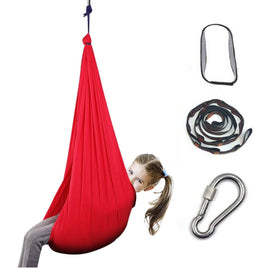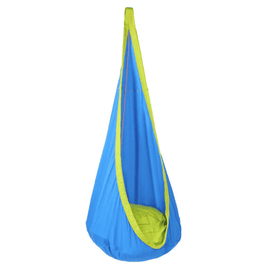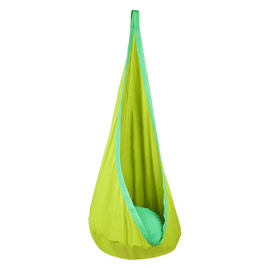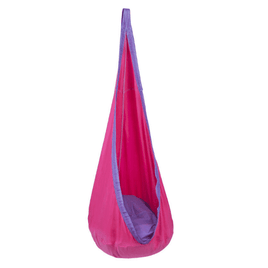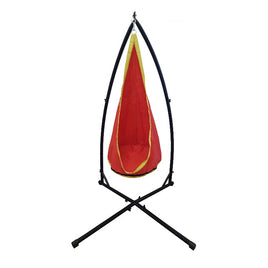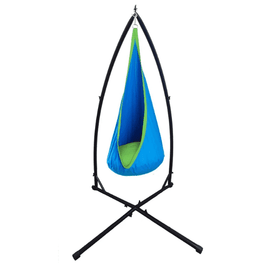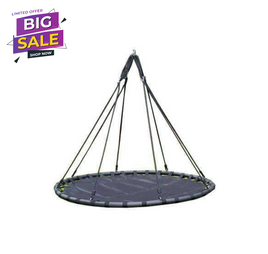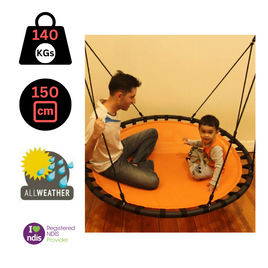For years, occupational therapists have been using autism sensory swings.
It's an effective way to teach the body and mind to work together. They provide vestibular and proprioceptive input, which stimulates your child’s senses.
Sensory swings provide significant vestibular and proprioceptive stimulation. Vestibular input is related to movement and comes from the inner ear. It can be comforting or alarming, depending on the direction of the action. Surprisingly, the best sensory input for helping kids balance their sensory needs is proprioception, which most people have never heard of.
Most individuals are aware of the five senses. But most parents are unfamiliar with the sensation of movement (or vestibular sense). The vestibular sense tells a youngster where their body is in space. They can be moving or not, how quickly they're moving, and in which direction they're going.
When you can't provide your child with vestibular activities outside, you can add them to your indoor play space. A sensory swing should allow rotationally and linear movement. Some swings even include a vertical component that enables you to bounce up and down while swinging!
TYPES OF SENSORY SWINGS
Platform Sensory Swings: Swing that kids may sit, stand, or sleep flat on for a low cost (prone position). It has a strong sense of direction (only front to back or side to side).
Hammock Chair Swing: The pinnacle of luxury. It's perfect for kids to use while reading a book or for people with low muscle tone.
Additional Prone Sensory Swings: This simple swing is perfect for the sensory junkie! Many kids will like the added tactile feedback provided by the webbing and the trunk workout required to stay in the prone position.
Indoor Therapy Swing: For proprioceptive seekers, these swings are ideal. The cloth tightens around the child, providing a variety of sensory benefits and the opportunity to absorb plenty of vestibular input!
Nest Swing Chair: Isn't this a cool swing? If your youngster is averse to swings, inviting a friend to join them might make it appealing! (Remember you should never force sensory input, especially vestibular input!)
Cocoon Swings: This swing can move in any direction and gives your child the comforting impression of being encased in a snug nest thanks to the cloth.
